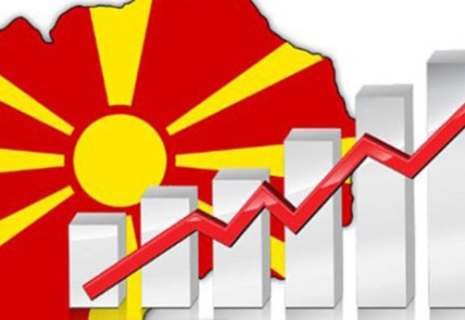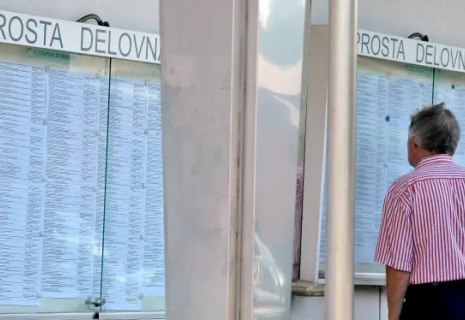
Slovenian ministry reveals solutions amid potato crisis - EXCLUSIVE
CE Report presents an exclusive interview conducted via email with the Ministry of Agriculture, Forestry and Food of Slovenia, focusing on the challenges faced by the country’s potato sector in 2025.
What are the main reasons behind the significant drop in potato yields this year?
The main reason for the significant drop in potato yield in 2025 is drought and high temperatures, which have hindered the development of the crop.
How does the Ministry assess the impact of imports from other European countries on local producers?
Potato imports naturally have a negative impact on domestic producers, as potatoes are entering Slovenia at significantly low prices.
Are there any short-term measures being considered to stabilise purchase prices for Slovenian farmers?
The implementation of measures to stabilize purchase prices falls under the Price Control Act, which is within the jurisdiction of the Ministry of the Economy, Tourism and Sport. At the Ministry of Agriculture, Forestry and Food, we support Slovenian potato growers and promote the inclusion of local food in public institutions, schools, and kindergartens. By choosing locally grown potatoes, we support Slovenian farmers and safeguard our food sovereignty.
What long-term strategies are planned to ensure the sustainability of potato production in Slovenia?
The key lies in connecting potato growers into producer organizations and cooperatives. This allows them to gain strength that individuals alone do not possess. Only through pooled quantities and joint market presence can they achieve better prices, compete more fairly, and more easily integrate into larger sales chains. Cooperatives are therefore the foundation for a stable and competitive Slovenian agricultural sector.
Could you share statistical data on Slovenia’s potato production and imports for the past three years?
Slovenia’s potato production has shown steady growth over the past three years. In 2022, the country produced 58,200 tons of potatoes, which increased to 68,600 tons in 2023 and reached 74,600 tons in 2024.
Imports, however, have fluctuated more noticeably. Slovenia imported 48,400 tons of potatoes in 2022, a sharp rise to 75,700 tons in 2023, before slightly declining to 72,200 tons in 2024.
Photo: Janez-Kotar, Wikipedia
This interview was prepared by Julian Müller























